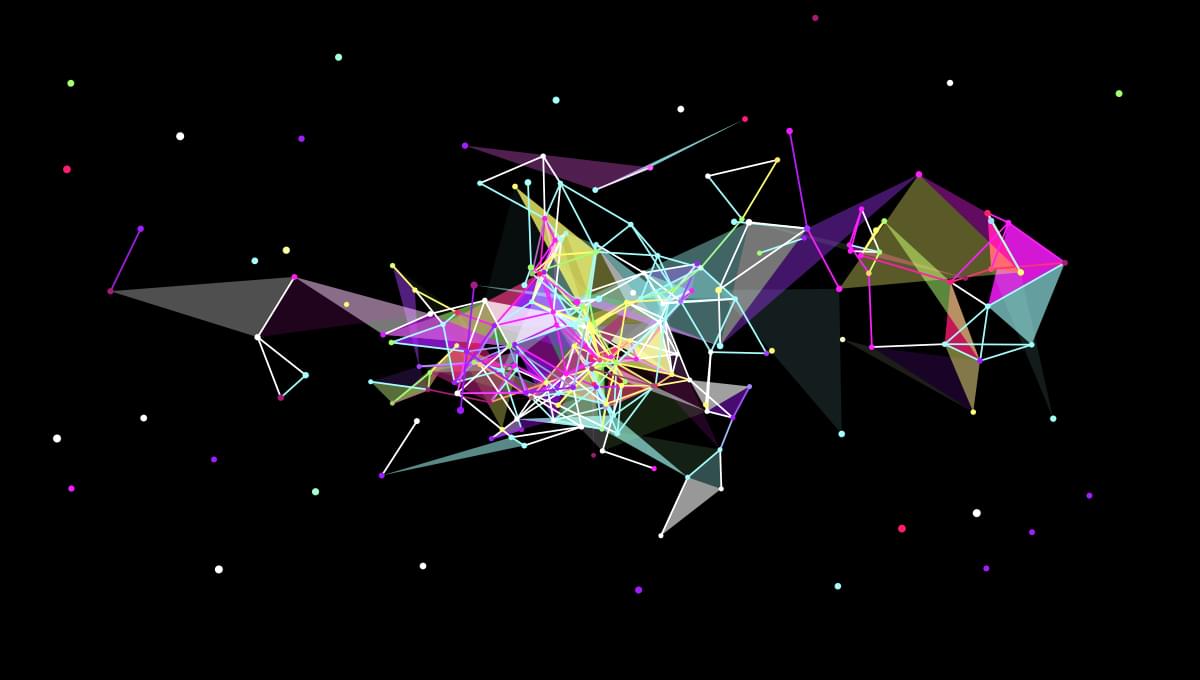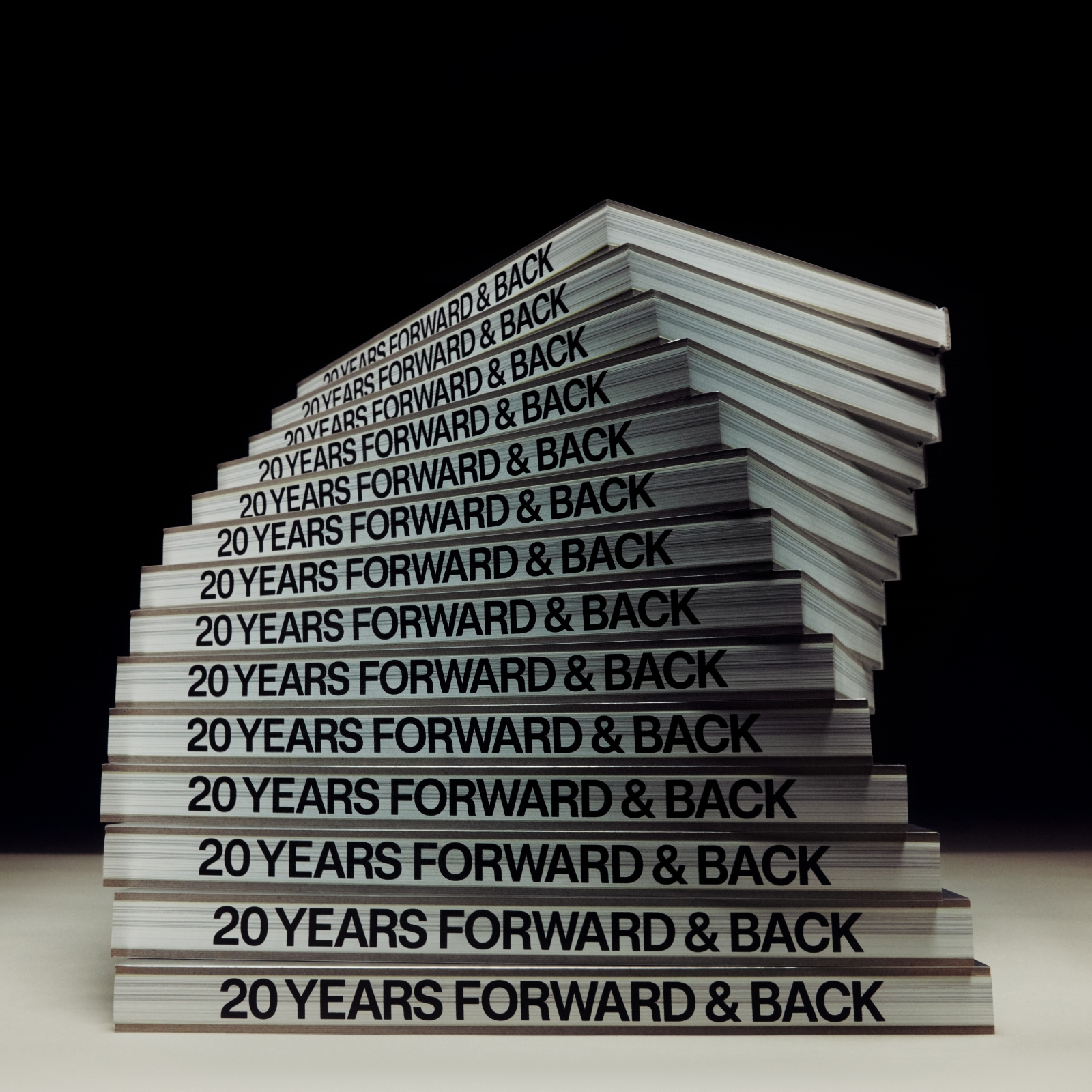Unreal Engine 5 makes Layers of Fear terrifyingly real, and I love it
Original Source: https://www.creativebloq.com/news/unreal-engine-5-layers-of-fear
Is this PS5’s best-looking game yet?
This author has not written his bio yet.
But we are proud to say that admin contributed 3446 entries already.
Original Source: https://www.creativebloq.com/news/unreal-engine-5-layers-of-fear
Is this PS5’s best-looking game yet?
Original Source: https://tympanus.net/codrops/2023/04/26/image-tiles-menu-animation/
An animation featuring image tiles that transform into a full image when a menu item is clicked.
Original Source: https://tympanus.net/codrops/2023/04/27/building-a-webgl-carousel-with-react-three-fiber-and-gsap/
Learn how to create an interactive 3D carousel using WebGL, React Three Fiber, and GSAP with this step-by-step tutorial.
Original Source: https://www.sitepoint.com/amazon-sns-introduction/?utm_source=rss

Learn about Amazon SNS, a cloud-based messaging service for sending notifications to endpoints including email, SMS, and mobile push.
Continue reading
How to Get Started with Amazon’s Simple Notification Service
on SitePoint.
Original Source: https://www.sitepoint.com/node-js-20-new/?utm_source=rss

Node.js 20 was released in April 2023. Learn about the new options available to developers with the world’s most-used JavaScript runtime.
Continue reading
What’s New in Node.js 20
on SitePoint.
Original Source: https://tympanus.net/codrops/2023/04/25/case-study-studiogusto/
Get a glimpse of the creative and innovative techniques used by Studiogusto, a dynamic agency, in designing their new website to better reflect their values and showcase their expertise.
Original Source: https://1stwebdesigner.com/the-importance-of-color-contrast-in-web-design/
One of the most important aspects of web design is color contrast, which refers to the difference in brightness and/or color between two elements on a page. In this article, we’ll explore why color contrast is important for accessibility, and provide some code examples to help you improve the color contrast on your own website.
Your Designer Toolbox
Unlimited Downloads: 500,000+ Web Templates, Icon Sets, Themes & Design Assets
DOWNLOAD NOW
Why is color contrast important for accessibility?
Color contrast is important for accessibility because it allows users with visual impairments to easily distinguish between different elements on a page. For example, a user with color blindness may have difficulty differentiating between text and background colors that are too similar. Similarly, a user with low vision may struggle to read text that is too small or doesn’t have enough contrast with its background.
To ensure that your website is accessible to all users, it’s important to consider the contrast between all elements on your page, including text, graphics, and backgrounds. The Web Content Accessibility Guidelines (WCAG) provide specific guidelines for color contrast ratios that must be met in order to ensure accessibility for all users.
What are the WCAG color contrast guidelines?
The WCAG provides specific guidelines for color contrast ratios based on the size and weight of the text being displayed. The guidelines are divided into two levels: Level AA and Level AAA. Level AA is the minimum standard for web accessibility, while Level AAA provides a higher level of accessibility for users with more severe visual impairments.
For Level AA compliance, the WCAG requires a contrast ratio of at least 4.5:1 for normal text and 3:1 for large text (18pt or 14pt bold). For Level AAA compliance, the contrast ratio must be at least 7:1 for normal text and 4.5:1 for large text.
To calculate the contrast ratio between two colors, you can use a tool such as the Contrast Checker from WebAIM. Simply enter the hex codes for your foreground and background colors, and the tool will calculate the contrast ratio for you.
Code examples for improving color contrast
Here are some code examples to help you improve the color contrast on your own website:
Increase text contrast
To increase the contrast between your text and background, you can adjust the color of your text or background. For example, if you have white text on a light gray background, you could darken the background or lighten the text to improve the contrast.
/* Before */
body {
background-color: #f2f2f2;
}
h1 {
color: #ffffff;
}
/* After */
body {
background-color: #d6d6d6;
}
h1 {
color: #ffffff;
}
Add text shadows
Another way to improve text contrast is to add a text shadow. This can help the text stand out from its background, especially if the background is a pattern or image that makes it difficult to read text.
/* Before */
h2 {
color: #ffffff;
background-image: url("background.jpg");
}
/* After */
h2 {
color: #ffffff;
text-shadow: 1px 1px #000000;
background-image: url("background.jpg");
}
Use a color contrast checker
To ensure that your website meets the WCAG guidelines, you can use a color contrast checker. There are many free online tools available, such as the Contrast Checker from WebAIM or the Contrast Checker from Acart Communications.
/* Before */
body {
background-color: #ffffff;
color: #dddddd;
}
/* After */
body {
background-color: #ffffff;
color: #333333;
}
Avoid color combinations that are difficult to read
Certain color combinations can be difficult to read, especially for users with color vision deficiencies. For example, red and green are often difficult to distinguish for users with protanopia (a type of color blindness). To ensure that your website is accessible to all users, it’s important to avoid using color combinations that may be difficult to read.
/* Before */
a {
color: #ff0000;
background-color: #00ff00;
}
/* After */
a {
color: #000000;
background-color: #ffffff;
}
Provide alternative text for images
Images can also impact color contrast on a page. If an image contains text, it’s important to ensure that the text has enough contrast with its background. Additionally, if an image cannot be displayed for any reason, it’s important to provide alternative text that describes the image.
/* Before */
<img src="image.jpg">
/* After */
<img src="image.jpg" alt="A blue sky with white clouds">
Conclusion
Color contrast is an important aspect of web design that can have a significant impact on the accessibility of your website. By following the WCAG guidelines and implementing some of the code examples provided in this article, you can ensure that your website is accessible to all users, regardless of their visual abilities. Remember that accessibility is not only important for users with disabilities, but it also benefits all users, including those who may be using a mobile device or browsing in a noisy environment. By prioritizing accessibility in your web design, you can create a better experience for all users.
Original Source: https://www.sitepoint.com/python-date-time/?utm_source=rss

Learn how to use date and time in Python, with real-life examples of working with date and time using the Python datetime and time modules.
Continue reading
Understanding Python Date and Time, with Examples
on SitePoint.
Original Source: https://abduzeedo.com/brand-identity-and-logo-design-unique-approach-street-food
Brand identity and logo design with unique approach to street food

abduzeedo0419—23
YumBun, the creator of the first-ever streetside bao in London, partnered with How(&How) to rework their strategy, brand identity, logo design, and create a new visual identity and tone-of-voice to stand out in the crowded market of copycats. The branding agency developed a brand idea called ‘Bounce and Rise’ to reflect YumBun’s playful energy and standard-raising culture.
The new logo design, typography formats, and messaging created by How & How Studio reflect YumBun’s unique approach to street food, which takes it back to its original meaning by experimenting with different flavors and textures. By emphasizing maximum taste with minimum impact, YumBun’s conscious mindset is reflected in their branding strategy.
The How(&How): We cooked up a new brand strategy, visual and verbal identity and web design and build with lashings of progressive optimism. Our brand idea, ‘Bounce & Rise’, spoke to Yum Bun’s bouncy baos, playful energy but also standard-raising culture. We served it all up in an expressive, responsive website—complete with a library of new photography—filled with Yum Bun’s signature fusion of Japanese craft and belly-rubbing warmth.
London’s food truck industry is filled with stands promising world cuisine, but YumBun’s innovative, playful, and conscious approach to street food sets them apart. The work done by How & How Studio has highlighted YumBun’s fusion of Japanese craft and belly-rubbing warmth, making their brand identity a great example of how a brand can stand out in a crowded market.
As featured in The Brand Identity, YumBun’s new branding is sure to draw in customers looking for something new, exciting, and socially responsible.
Brand identity and logo design artifacts
For more information make sure to check out How(&How) studio website.
Original Source: https://abduzeedo.com/20-years-forward-back-semi-permanent-unique-approach-design
20 YEARS FORWARD & BACK Semi Permanent unique approach to design

abduzeedo0418—23
Semi Permanent, the creative platform that has been a staple of the design world for the past two decades, has released its first major published work, a book titled 20 YEARS FORWARD & BACK. This non-linear time capsule explores the last twenty years of creativity, showcasing significant projects from the past, as well as new ideas that will guide us into the future. The book features contributions from a wide range of creatives, including filmmaker Roman Coppola, industrial designer Sabine Marcelis, architect Bjarke Ingels, and artist CJ Hendry, among others.
One of the standout features of the book is the unique approach to creative process showcased in each body of work. In some cases, the book provides a moment of pause and reflection, as in the case of fashion designer Bünyamin Aydin, who uses personal photography to draw a line between what his eye sees on his travels and how it manifests in his seasonal collections. In other cases, the book serves to demonstrate the power of creativity to affect change, as in the extensive conversation about the ‘New Spaces of Justice’ project.
As an object, the book design is playful and teched-out, employing a semi-reflective cover, a full front-cover index, custom fonts, and flush pages edges that create a hefty box-like feel. An architectural approach to content presents information in increasing granularity, starting with contributions from monumental creative forces and moving into a fully cataloged archive of Semi Permanent works. This book-as-object approach is its own time-capsule, a future-proofed resource, and thus exists within its purpose.
Overall, 20 Years Forward & Back is a celebration of the past twenty years of Semi Permanent, while also marking a new chapter for the platform as it launches its Brand Studio to the world. As Murray Bell, the Founder and Executive Creative Director of Semi Permanent, explains:
“The book is a new iteration of Semi Permanent fostering creativity in all its disciplines at a global scale.”
The book is available globally from the Semi Permanent Shop and at Semi Permanent festivals taking place in Singapore, Sydney, and Wellington.
Semi Permanent book details & editorial design
For more information make sure to check out Semi Permanent studio website and shop.
